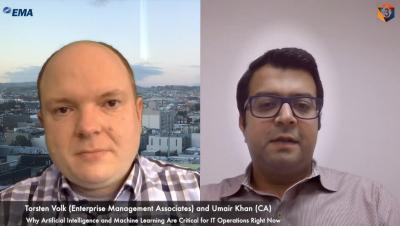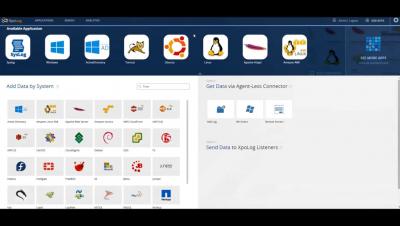Operations | Monitoring | ITSM | DevOps | Cloud
%term
How IT Consultants Can Save Time with Uptime.com
Today’s economy has created a new class of worker: the IT consultant. This lone warrior often manages multiple websites, responding to anything from outages to update requests and every code debug in between. If one can manage the never ending onslaught of servers, API calls and transactions these sites rely on each day, it’s a pretty decent living. The key is removing all the menial work that overwhelms and stifles productivity.
Should you become a DevOps engineer?
While there are plenty of articles aiming to instruct newbies on “how to become a DevOps engineer”, none of them answer a simple question – should you become one to start with? For me, it’s been a long and winding journey to becoming what is called a Site Reliability Engineer (SRE). The journey was unplanned, and for each step, I had to figure out what I want my next challenge to be and how to achieve it.
Master Your Tracing with Charity and Wilde
Detecting jQuery File Upload vulnerability using Falco (CVE-2018-9206)
In the past few days, a new vulnerability was disclosed in a widely used component – jQuery File Upload plugin. A change in Apache’s Web Server security setting handling, exposed users of this plugin to an unrestricted file upload flaw. Let’s dig in on how to detect jQuery File Upload vulnerability (CVE-2018-9206) using Falco.
Getting Started with Rust Error Tracking
At the intersection of safety and performance, you’ll find Rust — Stack Overflow’s “most-loved programming language” for three years running. Rust provides the control needed to ensure optimal performance while offering relatively high abstractions at zero-cost.
Delivering Real-Time Ops to Oracle Cloud Customers
Oracle OpenWorld kicks off this week in San Francisco so I thought this would be a great time to provide an overview of how PagerDuty integrates with Oracle Cloud to help teams add real-time operations to their cloud management.
PHP Profiling: How to Find Slow Code
I use performance monitoring tools primarily to find slow and buggy code. At the start of development, I typically use the tools more for finding software bugs. Once the codebase is at a relatively stable phase, then I shift my focus toward finding less performant code. Which is why I turn to tools like Retrace to help with profiling for better performance.
The Differences Between Monitoring Containerized Apps and Non-Containerized Apps
Containers provide a nifty solution to package up applications along with their dependencies, and for the whole encapsulated process to be run on a host system. This technology is undeniably popular due to its ability to allow developers to create flexible, scalable, reliable solutions in a quicker amount of time. It has enabled more freedom in choosing the technology we use in our applications and has brought development and production environments closer to parity.











